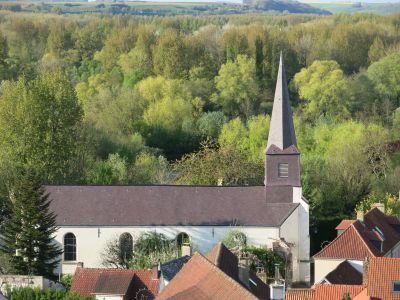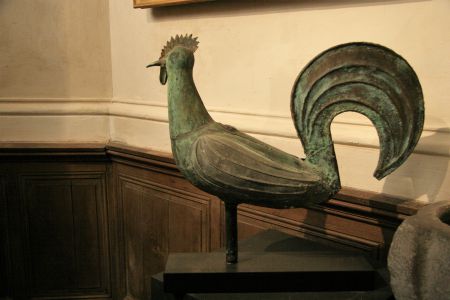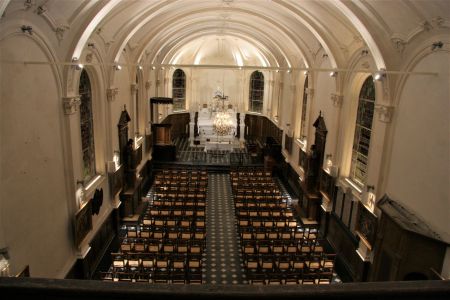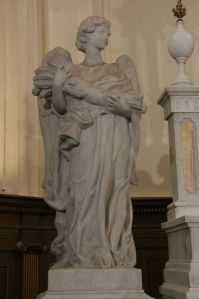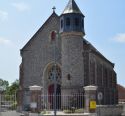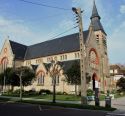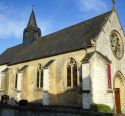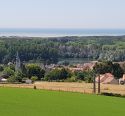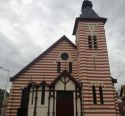Church | XVII-XIX | Baroque | Catholic Church


Map
Opening hours
01 July - 31 August
Mon -
Tue -
Wed -
Thu -
Fri 14.00 - 18.00
Sat 14.00 - 18.00
Sun 14.00 - 18.00
Religious offices
Saturday 6 pm
Description
To appreciate this little church - the oldest in the town of Montreuil, as a mention of its existance was made at the end of the 11th Century - it is necessary to open the door and admire a totally baroque building, rebuilt in 1771 and re-orientated for reasons of accessibility (the sanctuary is turned towards the west).
The preceeding town councils have all added to the brilliance of the interior and exterior of the church, dedicated to the Breton hermit Josse, whom tradition gives as having stayed in the valley of the Canche about 750 A.D., before founding a hermitage at St. Josse sur Mer.
Photos
Remarkable elements
The high altar
Dating from 1899 and carved from white Carrara marble, like the two angels that surround it, this high altar was commissioned by Abbé Siméon Fourcy from Louis Noël, sculptor and winner of the Prix de Rome. This altar is decorated with two medallions depicting two scenes from the life of Saint Josse: on the right, the healing of Juliule on Bavémont Hill in Airon-Saint-Vaast in 650; on the left, the vision during a Eucharist as he was returning from the Eternal City.
Translated with www.DeepL.com/Translator (free version)
The saints
The Montreuil region is home to three saints: Benoît-Joseph Labre (1748–1783), Gengoult (703–763) and Josse (593–669).
Translated with www.DeepL.com/Translator (free version)
The nave
With a very simple layout consisting of a nave with seven bays ending in a three-sided chevet, the church remains spacious and bright thanks to its numerous windows.
The marble floor tiles replace the paving of the old medieval church, which featured tombstones. One of these, still visible near the baptistery, dates from 1247 and is distinguished by a sword on its main face. At the entrance there is also a 13th-century holy water font, made of brown sandstone mortar and mounted on a small column with capitals decorated with hooks.
Translated with www.DeepL.com/Translator (free version)
The choir
Installed in place of the former entrance during the ‘reverse’ reconstruction of the building, this space is composed of various elements such as wood panelling on the walls, neoclassical stalls, and a pulpit representing the four evangelists and their symbols. At the back of the apse hangs a painting, listed in the Inventory of Historic Monuments, depicting the Annunciation and brought back by Canon Mailly.
Translated with www.DeepL.com/Translator (free version)
The vault
Lowered by a few metres during the reconstruction of the church in the 18th century, it underwent restoration in 1899-1900, which was resumed in 2010, in the Louis XV style known as rocaille. The use of plaster allowed for light stucco decoration on the rosettes, brackets and ribs of these vaults, which rest on pilasters with Ionic capitals.
Translated with www.DeepL.com/Translator (free version)
The stained glass windows
These modern, non-figurative windows are all identical. They were installed in 1969 following the destruction of the old stained glass windows on 4 September 1944, the day the city was liberated, when the Germans blew up the road bridge over the Canche river near the railway line in the lower town. They are the work of a glassmaker from Lambersart, J. Laurent.
Translated with www.DeepL.com/Translator (free version)



